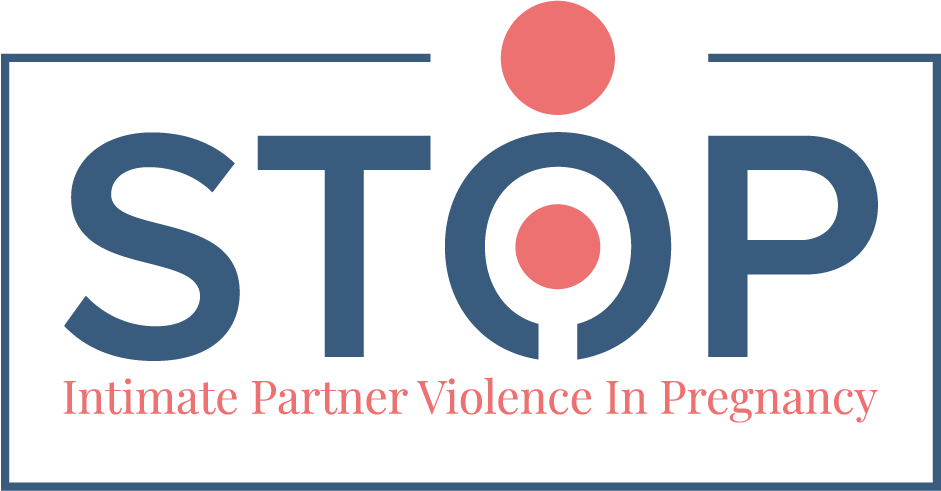Cohort profile: the Danish STOP-VIO-PREG cohort study of self-reported violence among pregnant women utilizing Patient Reported Outcomes and Danish Register (under review BMJ Open)
Abstract
The Danish STOP-VIO-PREG cohort was built on Patient Reported Outcome (PROdata) to investigate self-reported violence among pregnant women in Denmark.
The main aims of this cohort are to estimate the prevalence of self-reported violence among pregnant women and identify specific risk factors associated with violence. In addition, we investigate the association between self-reported violence among pregnant women and adverse pregnancy outcomes. Pregnant women attending antenatal care in the Region of Southern Denmark, or the Capital Region have been invited to fill out a PROdata questionnaire containing the Abuse Assessment Screen (AAS) before their first visit to the antenatal care unit. Enrollment took place from December 2019 to September 2022. After enrollment, data was linked with multiple Danish registers. In total, 28,697 women received the PROdata questionnaire, and 23,768 (82,8%) responded to the AAS. The PROdata provides a wide range of information on self-reported violence allowing us to estimate the prevalence of violence in this cohort. Measurements of covariates on sociodemographic characteristics and pregnancy adversities have been included from the nationwide Danish registers. In addition, the registers provided data on socioeconomic characteristics, which enabled us to compare women who screened positive, negative or who did not respond. In the future, PROdata and the cohort associated with the registry data offer a valuable data platform that opens up numerous distinctive research opportunities. Two papers are in preparation, one on risk factors for self-reported violence and another on self-reported violence and pregnancy adversities, particularly preterm birth and low birth weight, Future perspectives are: (1) increasing inclusion of immigrants in PROdata by by translating the questionnaire to relevant languages, (2) including other variables from the PROdata in the analysis, like mental health (WHO5), (3) looking at the psychiatric hospital visits over time for the women who report violence, and (4) doing a second register enrichment of the cohort to follow up on the offspring.
Lea B.S. Ankerstjerne, Ditte Linde, Berit Schei, Karen Andreasen, Chunsen Wu, Kristine M Renault, Hanne Kristine Hegaard, Janet Fanslow, Vibeke Rasch.
Keywords: Intimate partner violence, violence, pregnancy, adverse pregnancy outcomes, non-responders, violence prevalence, registry, Patient Reported Outcomes (PRO), Denmark, digital screening, offspring, Abuse Assessment Screen.
